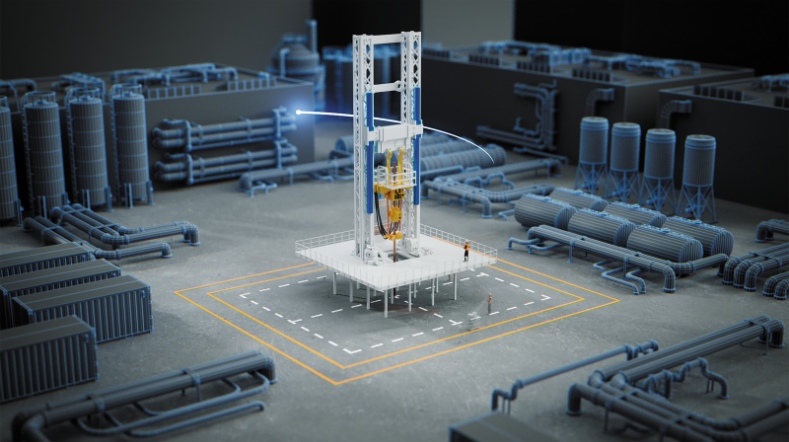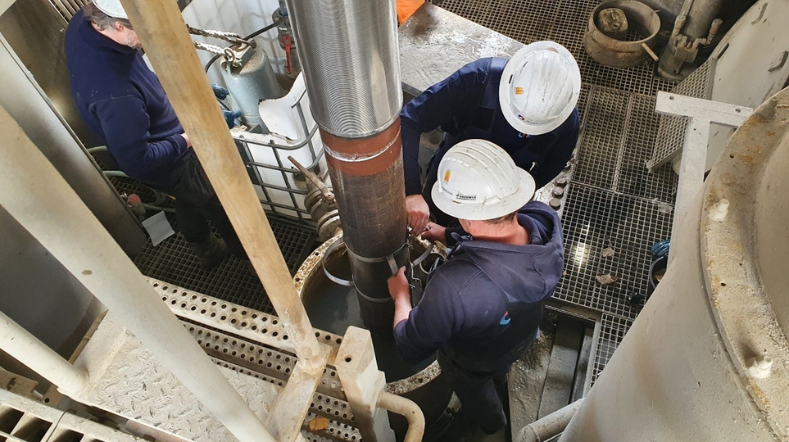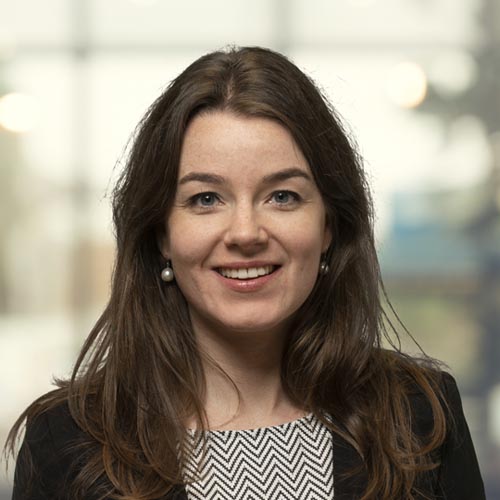
Anticipating subsidence-induced building damage
Status project
Duration: 2022 - 2025
In the Netherlands, like for many low-lying urban regions of the world, subsidence poses a silent but very real threat to many parts of the built environment. If we do nothing, the costs of damage repair will run into the tens of billions of euros.
The early research programme ‘Subsidence and Building Damage’ combines the strengths and insights of three TNO units to link subsidence to building damage, moving us closer to understanding the causal relationship before the harm is done. By developing a model chain that first looks at the source, we can proactively anticipate subsidence-induced damage and curtail the otherwise imminent huge costs to society.
Combining expertise towards a proactive approach
Chris Geurts, Principal Consultant at TNO Mobility and Built Environment, is proud of his team’s track record in assessing building and infrastructural damage. “However, we are generally only called into action after complaints of cracks in the walls or damaged structures. So we’re acting in hindsight and not in foresight.”

“We need to build on the knowledge we already have, and start working from the subsidence source towards the damage. Then we are able to predict the damage risks at an early stage, which helps to take measures to prevent this damage from actually taking place. That’s why collaborating with the other disciplines within TNO, but also with external stakeholders, is vital.”
Thibault Candela, Lead Scientist at TNO, is studying human-induced subsidence and seismicity. “The causal relationship between the superimposed multiple subsurface activities and the resulting subsidence still isn’t clear. It is even less clear how this slow but steady sinking of the ground results in building damage. The key is to combine the knowhow of TNO disciplines, so we can piece the puzzle together.”
TNO Vector serves as a connecting link between technical developments in the research programme and key societal stakeholders, such as policymakers and public and private property owners dealing with subsidence and damage challenges. “Through substantive discussions and interactive sessions with government bodies, housing associations, property managers, and insurers, we aim to comprehensively understand the societal impact of our research work and model chain development”, says Rowie Huijbregts, Scientist at TNO Vector.
Corroborative data to validate the model chain
Two years into the programme, significant headway has been made in linking up subsurface activities, subsidence, soil-structure interaction and building damage.
“The focus until now has been on three main areas”, Chris explains. “The first is learning how the subsurface processes work. Secondly, understanding the bi-directional interaction between the subsurface movement and building movement. And the third focus point is finding out how the behaviour of buildings leads to damage, i.e. the building fragility.” Just to clarify, this research programme now has a strong focus on existing buildings, predominantly masonry structures built on shallow foundations, which are most susceptible to subsidence. Assessing subsidence caused by subsurface activity is still conducted on a large, generic scale.

“You need to be able to predict subsidence at building level. Looking at a much smaller scale is more complex; you need to be more precise, challenge our data and models. It’s the only way to get meaningful predictions.”
Chris adds that gaining information at building scale is still hard to access. “It’s vital to validate our models. And the information we do get may be somewhat polluted because the damage has already been related to one cause, without considering others.”
In everyone’s interest to act quickly
Being able to anticipate subsidence-induced damage can benefit us in many areas, and not only in terms of money. Chris: “This programme aims to give stakeholders the knowhow and tooling to determine where the priorities lie, perform substantiated risk analyses on subsidence-induced building damage, and perhaps incorporate the model as a standard step before permits for subsurface activities are issued.” Once validated in the Netherlands, the model can also be applied in other high-risk areas around the world.
But it’s the human interest that is set to gain the most. Having more certainty of knowing in advance if and which subsurface processes may lead to damages, enables to effectively take measures in time. “Ultimately, we can’t accomplish our goal alone. Collaboration with stakeholders from government, industry, research institutes, universities and citizen initiatives is essential to make it work and create a real impact”, concludes Thibault.
Get inspired
Time setter story: Wilfred Visser on data from below the surface


Novel drilling technology to accelerate the heat transition


Time setter story: Romée Kars


Advancing geo-energy technologies for the energy transition


Limited growth in geothermal energy production in 2023 but a record number of drilling operations




